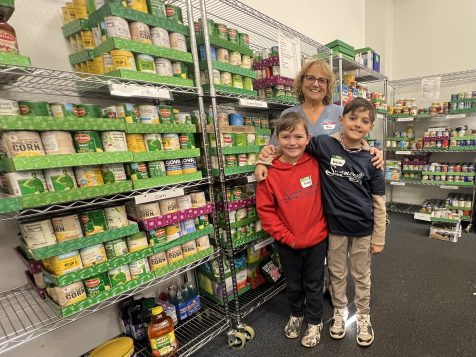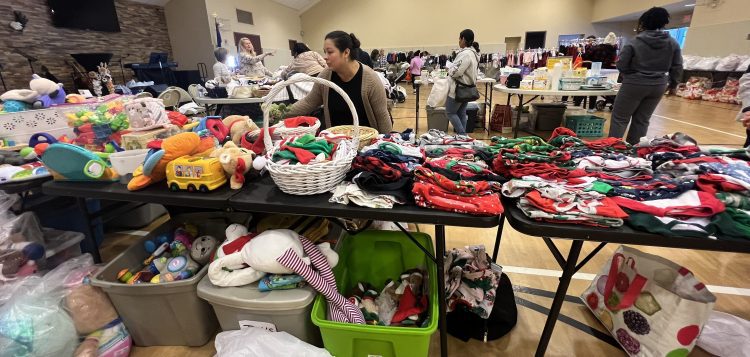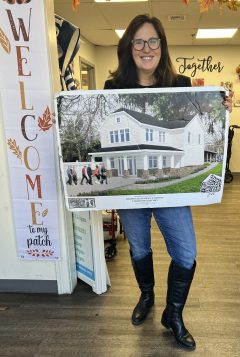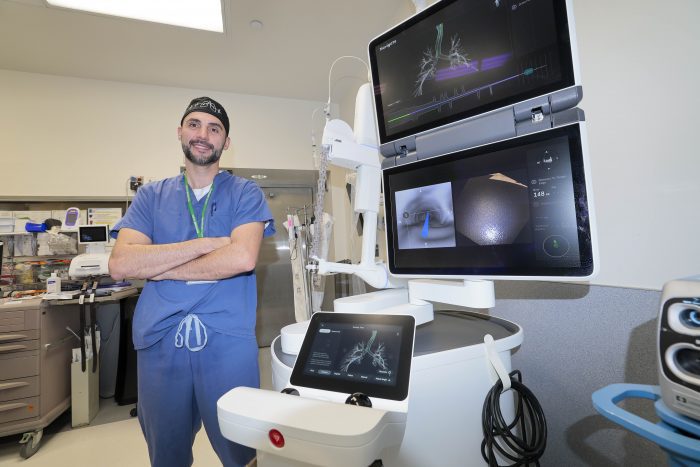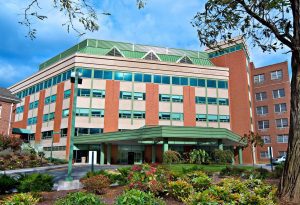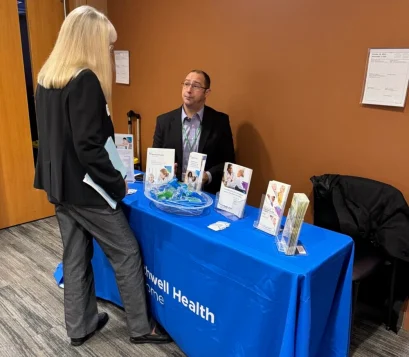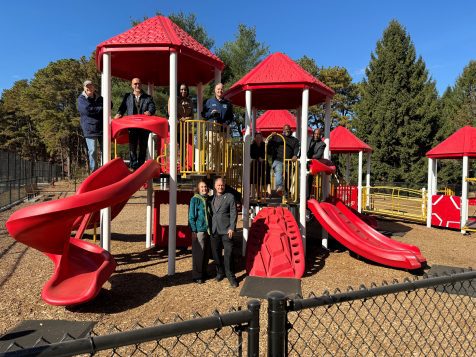By Jennifer Donatelli
While many people enjoy a day off work or school to celebrate Thanksgiving with family and friends, others are struggling just to put food on the table each day. With the aid of Helping Hands Rescue Mission, a nonprofit organization based in Huntington Station, hundreds of families will have a lot to be thankful for this holiday season.
The mission introduced a program called Fill a Box, Feed a Family in 2021 that collects food donations for Thanksgiving. Donors pick up a box at the outreach center, fill it with all the fixings for a Thanksgiving meal and return the box by Nov. 22 to Huntington Assembly of God in Huntington Station. Some people fill one box, others fill multiple boxes.
With a mission rooted in compassion and community support, Helping Hands Rescue Mission seeks to alleviate some of the burdens faced by the underprivileged, offering both immediate relief and long-term hope. Through the generosity of donors and the tireless efforts of 125 volunteers, they work to ensure no one goes without the essentials for survival and dignity.
The mission was founded in 1965 by newlyweds Rev. J.A. Gaines, his wife, Rev. Rose Marie Gaines and her mother Florence E. Meringola, after witnessing local poverty firsthand. The couple returned from their honeymoon and used their wedding money to start the mission with the viewpoint that if they could help even one person, it was worth the investment.
The foundation’s work continues 59 years later under the direction of their daughter, Rev. Kim Gaines-Gambino, who functions as the president and pastor of the nonprofit. “My parents were the best ambassadors of what it means to love, serve and give,” said Gaines-Gambino. “Those were the core values of their mission, and we continue to do that today.”
When asked about what it means to run the mission on a daily basis, Gaines-Gambino said it means so much to her because she grew up with the mission and doesn’t know what life is like without it. “Serving the community has always been a part of my life,” she said.
Working with Food Rescue U.S., a nonprofit that transfers fresh food from restaurants, grocers and other food industry sources, the mission is able to provide prepared meals for the more than 250 people they serve each week.
One of the oldest members of the organization is Huntington resident Kay Jahn, who, at 90 has been volunteering since the mission first opened. She described her work as “a gift from God.”
Mary Reid of East Northport has been volunteering in the food pantry for seven years. This week was special because her grandsons, Nicholas and Robert Parisi, ages 9 and 7, visited from South Carolina during their school break to work with her in the food pantry. “We get to help people, and it feels good when you can see people be happy for one day,” said Nicholas.
Gaines-Gambino explained the town has been very generous to them over the years. “Whole Foods in South Huntington gave us a $10,000 donation and delivers food to us three times a week,” she said. The mission also receives donations from Trader Joe’s, Starbucks and Lidl, to name a few.
In addition to the outreach program, Helping Hands Rescue Mission introduced a monthly program in 2017 they call Baby Blessings. “We were running out of diapers in different sizes for the moms who came to the outreach,” Gaines-Gambino said, “so we set aside one special day a month where we can do outreach just for moms and their babies.”
Held on the third Tuesday of each month at the Huntington Assembly of God in Huntington Station, Baby Blessings provides more than 160 underprivileged families in the community with diapers, baby clothes, baby supplies, toys and a warm breakfast and coffee donated by Starbucks. Shoppers can also take home formula, baby food, strollers, car seats and bassinets.
Registration is necessary to participate in the program, and all moms must be residents of Huntington, with some referrals accepted.
Claudia Gaffoor, a referral from Flushing, experienced poverty firsthand when she was laid off from her job as a crossing guard and couldn’t afford to pay her rent or buy food for her family. A single mom of two boys, Gaffoor has been coming to Baby Blessings since her 3-year-old was born. “I fell on some hard times,” Gaffoor said. “I can’t afford to buy my son clothes.”
Through a partnership with the Allied Foundation, a nonprofit comprised of pediatricians from Long Island, Baby Blessings is able to meet their diaper needs each month.
Liz Sturm from Commack, a retired doctor and longtime volunteer, comes every Monday to unload the truck. “My parents came from Poland after the war. We didn’t have anything like this to help us,” Sturm said. “So I like to help others as much as I can.”
Baby Blessings, run by Donna Fortmeyer of Hauppauge along with a team of volunteers, sorts, folds and pre-packs bags of donated clothes by size, making sure each bag has matching outfits along with pajamas, sweaters, pants and shoes. “It’s a great feeling knowing how many families we can help and how happy we can make them,” said Fortmeyer.
Ann Macchia, from Huntington, volunteers each week and even takes clothes home with her to fold and sort. “It gives me a great feeling to help other people and see the smiles on their faces,” she said. “At the end of the day, this is what it’s all about.”
Through fundraising and generous donations from the community, the mission is in its final stages of building a house they call The Community Kitchen — a homelike space that will provide fresh, nutritious meals to food-insecure families, veterans and the homeless on a daily basis.
The mission opens its outreach center to the Huntington community every Tuesday through Friday from 11 a.m. to 1 p.m. People can come to the pantry once every 15 days to get household items, clothing and food.
“Every person is deserving of love and compassion, regardless of their circumstances,” Gaines-Gambino said. “By offering a helping hand to those in need, we hope to spread the message of God’s unconditional love.” For more information visit www.helpinghandsrescuemission.org.

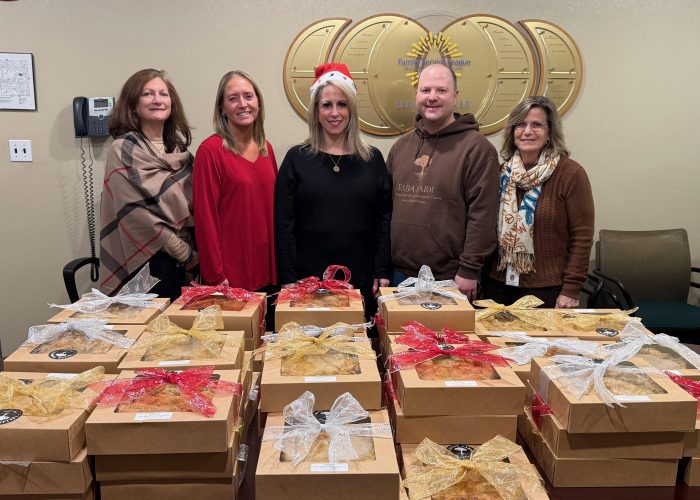






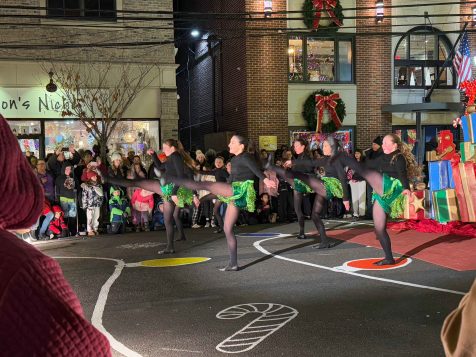
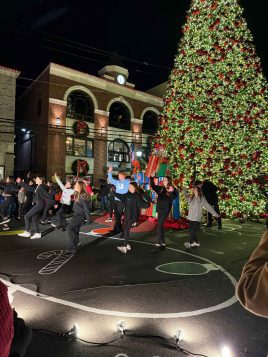

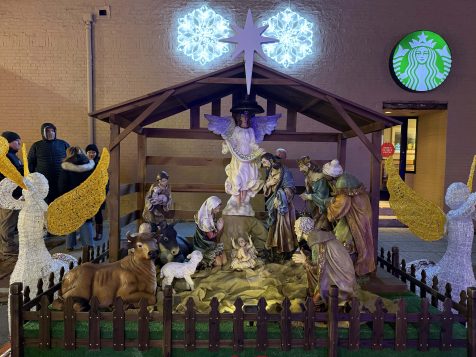
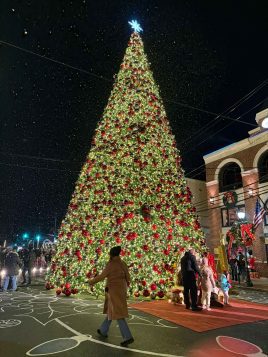

 “The joy of singing is what brings these men together season after season, and the camaraderie and musicianship that grows from this bond is certainly something to celebrate!” said LIGMC Artistic Director and Accompanist Jeanette Cooper. “As showtime draws closer, I just know that the hard work of every single one of our choristers is going to give you something to remember and cherish.”
“The joy of singing is what brings these men together season after season, and the camaraderie and musicianship that grows from this bond is certainly something to celebrate!” said LIGMC Artistic Director and Accompanist Jeanette Cooper. “As showtime draws closer, I just know that the hard work of every single one of our choristers is going to give you something to remember and cherish.”